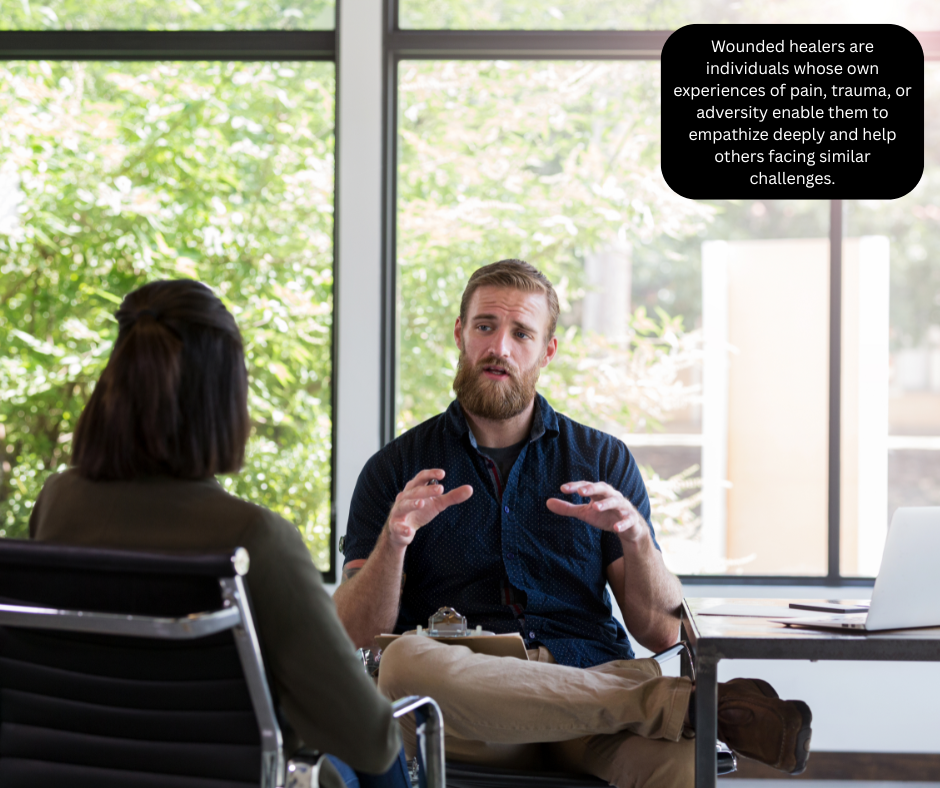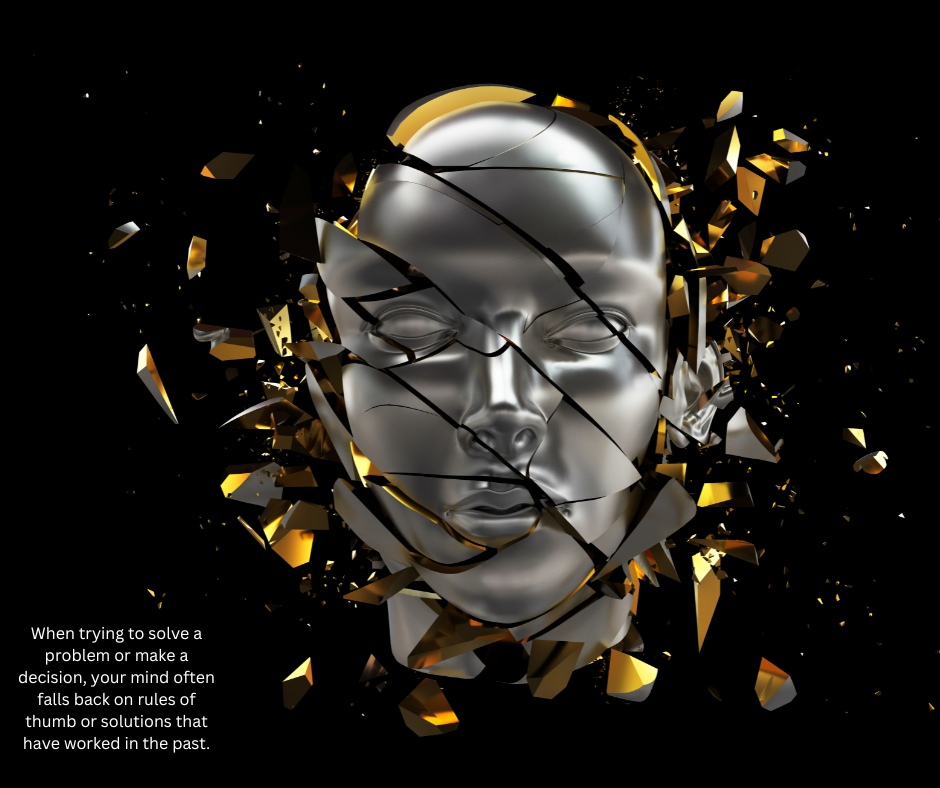
Wounded healers are individuals whose own experiences of pain, trauma, or adversity enable them to empathize deeply and help others facing similar challenges. The concept was popularized by psychiatrist Carl Jung, who suggested that healers are often compelled to their roles because of their own wounds, and that their personal struggles can enhance their ability to support and understand others.
Key aspects of the Wounded Healer archetype
• Personal Experience as Strength: Wounded healers draw on their own suffering — whether physical, emotional, or psychological — to connect with and aid others. Their lived experiences allow them to offer unique insight, compassion, and hope to those in distress.
• Empathy and Connection: Because they have “walked the path” themselves, wounded healers are often especially empathetic and effective listeners. They can relate to the pain of others in ways that those without similar experiences may not.
• Transformation: The archetype involves a transformation — from being wounded to using that wound as a source of healing for others. This process is seen as a journey, where the healer’s own scars become a foundation for helping others find light and recovery in their own darkness.
• Balance and Resilience: While their wounds can be a source of strength, wounded healers must also be mindful of their own well-being. Balancing empathy with personal resilience is crucial to avoid being overwhelmed by the suffering they encounter in others.
Origins and Examples
• Historical Roots: The idea traces back to Greek mythology, notably the story of Chiron, a centaur who, despite his own incurable wound, became a legendary healer.
• Modern Context: While initially applied to medical professionals, the term now encompasses anyone—counselors, teachers, mentors, or even parents—who uses their own struggles to help others. Examples include therapists who have overcome mental health challenges, or sponsors in recovery programs like Alcoholics Anonymous.
Why it matters
The wounded healer archetype highlights the therapeutic potential of shared suffering and the capacity for growth, empathy, and hope that can arise from adversity.
It suggests that healing is not just about expertise, but about authentic connection and the willingness to be vulnerable and present with another’s pain.
In summary, a wounded healer is someone whose own journey through hardship becomes a powerful tool for helping others heal.
Sources
- https://www.psychiatrictimes.com/view/nurturing-resilience-in-the-wounded-healer
- https://www.ebsco.com/research-starters/health-and-medicine/wounded-healer
- https://www.psychologytoday.com/us/blog/the-empowerment-diary/202201/are-you-a-wounded-healer
- https://differentbrains.org/the-wounded-healers-journey/
